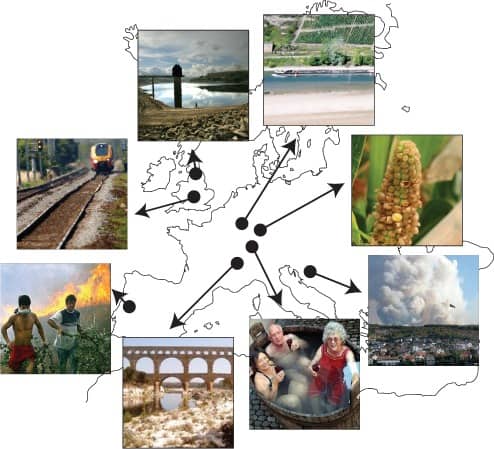Abstract — Drought is a complex natural hazard that impacts ecosystems and society in many ways. Many of these impacts are associated with hydrological drought (drought in rivers, lakes, and groundwater). It is, therefore, crucial to understand the development and recovery of hydrological drought. In this review an overview is given of the current state of scientific knowledge of definitions, processes, and quantification of hydrological drought. Special attention is given to the influence of climate and terrestrial properties (geology, land use) on hydrological drought characteristics and the role of storage. Furthermore, the current debate about the use and usefulness of different drought indicators is highlighted and recent advances in drought monitoring and prediction are mentioned.
Research on projections of hydrological drought for the future is summarized. This review also briefly touches upon the link of hydrological drought characteristics with impacts and the issues related to drought management. Finally, four challenges for future research on hydrological drought are defined that relate international initiatives such as the Intergovernmental Panel on Climate Change (IPCC) and the ‘Panta Rhei’ decade of the International Association of Hydrological Sciences (IAHS). WIREs Water 2015, 2:359–392. doi: 10.1002/wat2.1085 For further resources related to this article, please visit the […]
Full article: Hydrological drought explained

